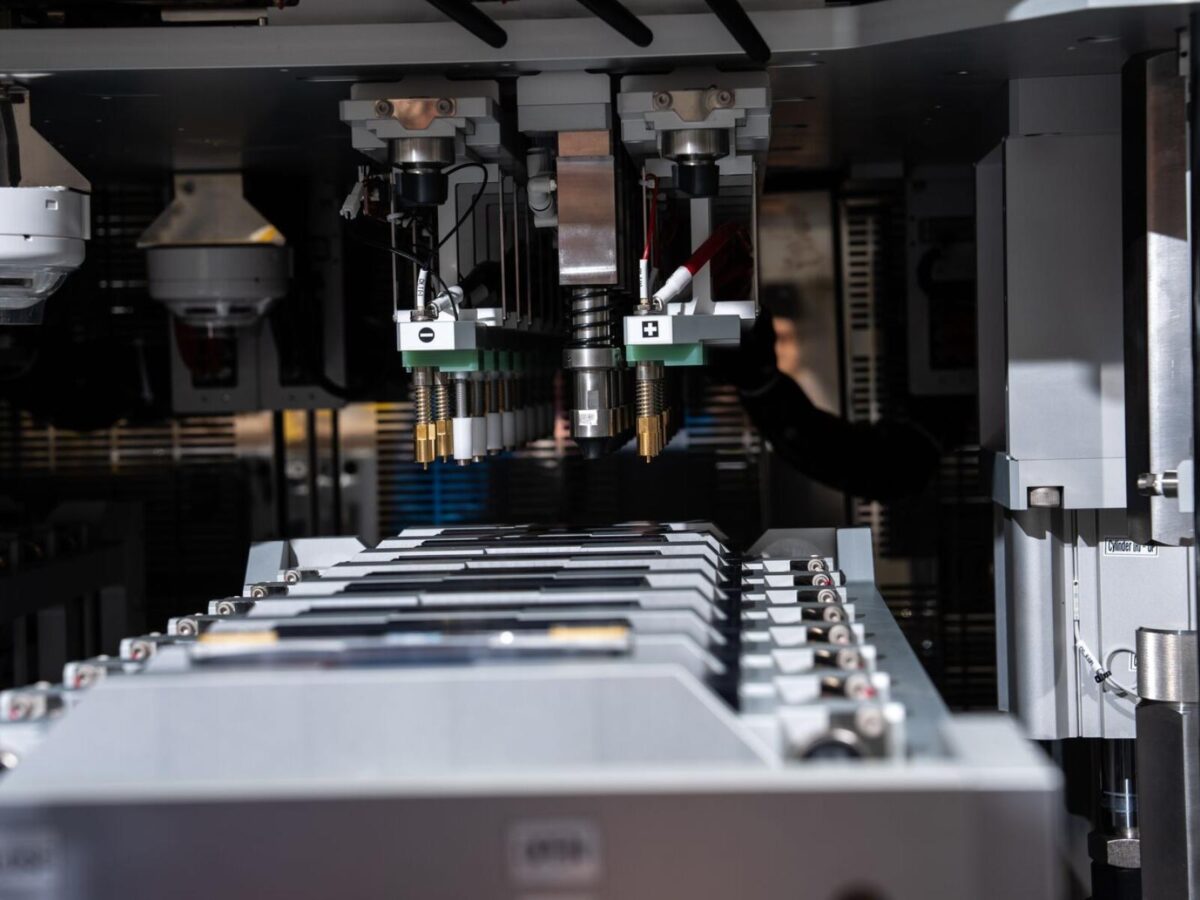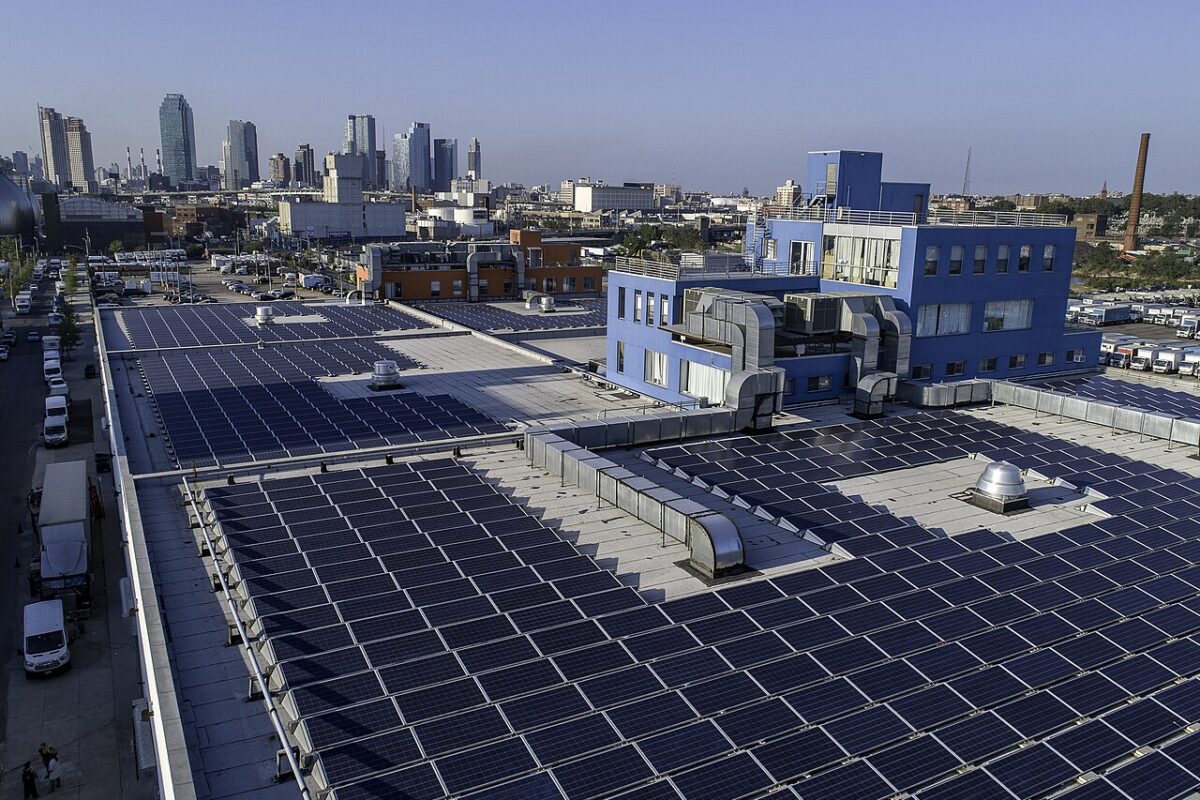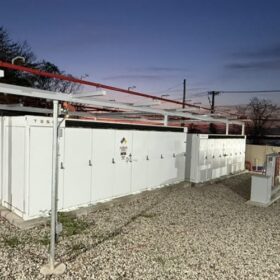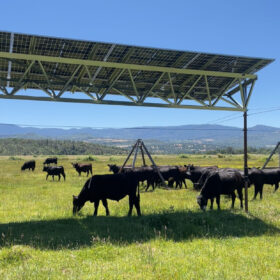The One Big Beautiful Bill Act (OBBB) is set to dramatically reshape how grid scale and residential energy storage systems are treated under federal tax law.
The new budget package revises critical incentives laid out by the IRA, focusing particularly on foreign sourcing restrictions, new domestic content thresholds and rapidly approaching expiration dates.
“The current uncertainty feel similar to what we felt right after the IRA, though definitely with a more negative feeling,” said Lauren Collins, a partner at Vinson & Elkins L.L.P. She told pv magazine USA that like in 2022, the industry is going to need to work together to figure out how rules will be implemented.
While battery energy storage systems (BESS) escaped the worst of the cuts, the way they’re financed could look dramatically different in the next few years.
Unlike solar and wind, which had their construction cutoff dates moved up, BESS projects will remain eligible for the investment tax credit (ITC) and production tax credit (PTC) under sections 48E and 45Y respectively.
Storage projects that start construction before 2033 will remain eligible for both the ITC and PTC. Those beginning in 2025 can receive an ITC of up to 50% under 48E if domestic content and labor standards are met, though the ITC will phase out entirely by 2035.
Post-2033, 45Y will phase out by 25% each year until December 31, 2035, when the credit will expire entirely.
However, both credits are subject to foreign entities of concern (FEOC) provisions that lay out strict limits on foreign-supplied components. The guidelines hinge on what’s called a material assistance cost ratio, which measures how much of a project’s costs come from foreign suppliers flagged by the government like China.
“While we’re going to need Treasury guidance about what they want to see specifically, it seems like the rules will allow taxpayers to rely on foreign content certifications,” said Collins, adding that the regulations will likely apply to any manufacturer. “Customers are going to want their suppliers to provide these certifications, whether they have any prohibited foreign entity issues or not.”
Starting on December 31, that value will shift from year to year and shrink the allowable percentage of foreign materials. It’s important to note that the foreign cut-off date refers to the start of construction, not the start of service.
Under 48E, the maximum allowed foreign share (known as the threshold percentage) is set at 60% for projects that begin construction in 2026; it reduces 5% every year until 2030.
Any projects with higher amounts of foreign-sources costs won’t be eligible for the credit.
“What people don’t fully grasp yet that is going to be a rude awakening is that you’ll need to look up your ownership chain and find and share sensitive information about indirect owners and suppliers,” Collins said.
The same tightening standard applies to battery components sold in those years, though the limits are different: the maximum allowed foreign share (known as the threshold percentage) is set at 45% for projects that begin construction in 2026; it reduces 5% every year until 2030.
In practical terms, this means developers must either begin construction by the end of 2025 to qualify for safe harbor rules or only source most of their materials from U.S. or “trusted” foreign manufacturers. Those are tight compliance timelines for developers and suppliers alike.
Beyond the initial construction window, there’s also a 10-year recapture risk. Any “applicable payment” made to a foreign entity of concern, which could include buying replacement parts from China, within a decade of claiming the credit could trigger full clawback of the original benefit under Section 48E.
“10 years where your credit can be put at risk is an incredibly long time horizon,” Collins said, adding that this is especially the case when the overall body of law is uncertain. “There’s a concern that you might accidentally trip it up and lose your tax credit eligibility.”
This means companies will need to trace payments and supply chains not just at the start of construction but throughout the operational life of the project.
Wannabe residential battery owners will likely feel the most immediate impact of the OBBB.
Updates to the 25D residential solar tax credit, which covers solar panels, solar water heaters and related property like home battery storage systems, have significantly shortened the timeline for homeowners to access the credit.
Now, home batteries will only qualify for the 30% tax credit if they’re purchased and installed by the end of the year before the credit phases out entirely.
There is a bright spot: residential systems leased from third parties will remain eligible for tax credits beyond 2025, as they rely on 48E instead of 25D.
“One of the positives in the final bill is that, in the interim bill, there was a provision on leasing systems,” Collins said, adding that the final bill narrowed the provision, making most third-party owned systems still eligible for tax credits.
This content is protected by copyright and may not be reused. If you want to cooperate with us and would like to reuse some of our content, please contact: editors@pv-magazine.com.









By submitting this form you agree to pv magazine using your data for the purposes of publishing your comment.
Your personal data will only be disclosed or otherwise transmitted to third parties for the purposes of spam filtering or if this is necessary for technical maintenance of the website. Any other transfer to third parties will not take place unless this is justified on the basis of applicable data protection regulations or if pv magazine is legally obliged to do so.
You may revoke this consent at any time with effect for the future, in which case your personal data will be deleted immediately. Otherwise, your data will be deleted if pv magazine has processed your request or the purpose of data storage is fulfilled.
Further information on data privacy can be found in our Data Protection Policy.